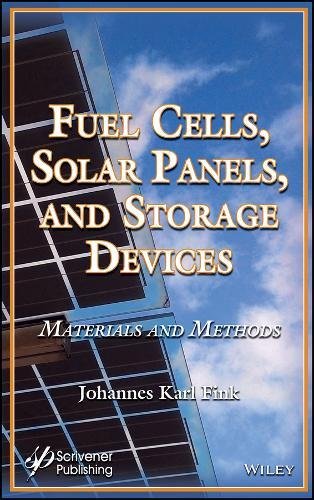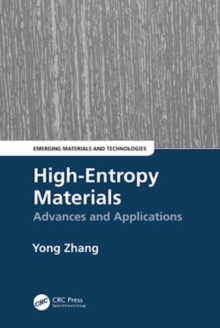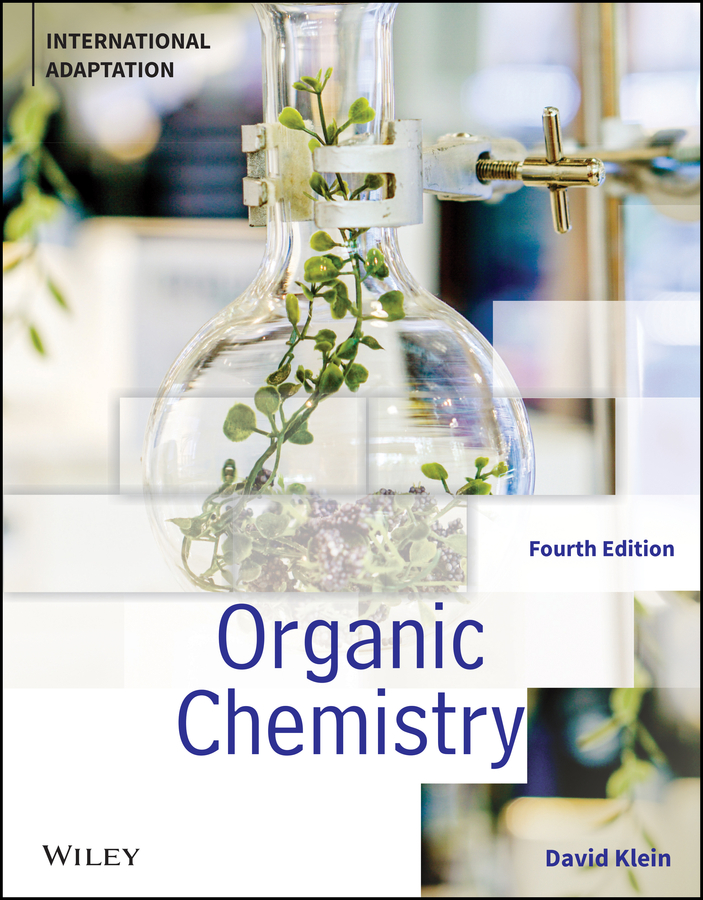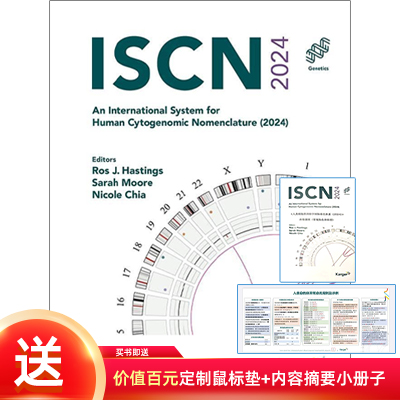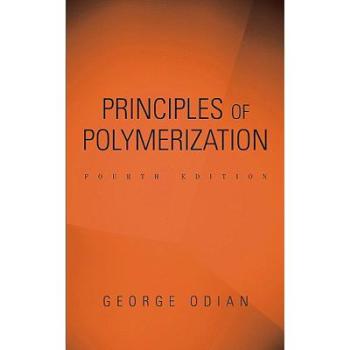Preface xiii 1 Fuel Cells 1 1.1 Conventional Fuel Cells 2 1.1.1 Sealing Material for Solid Polymer Fuel Cell Separator 2 1.1.2 Water Management in a Polymer Electrolyte Fuel Cell 2 1.1.3 Alkaline Fuel Cells 7 1.1.4 Alkaline Direct Alcohol Fuel Cells 8 1.1.5 Vanadium Redox Flow Battery 8 1.1.6 Miniaturization of a Polymer-Type Fuel Cell 9 1.1.7 Polymer Fuel Cell Structure 13 1.1.8 Fuel Cell System and Method for Humidifying 15 1.2 Direct Methanol Fuel Cells 15 1.2.1 Modeling Liquid Feed Direct Methanol Fuel Cells 17 1.2.2 Vapor Feed Direct Methanol Fuel Cells 18 1.2.3 Mixed Feed Direct Methanol Fuel Cells 19 1.2.4 Metalized Polymer Film 19 1.2.5 Catalysts 20 1.2.6 Electrolytes 29 1.3 Direct Ethanol Fuel Cells 29 1.3.1 Transport Phenomena in Alkaline Direct Ethanol Fuel Cells 31 1.3.2 Nanoporous Palladium Anode 33 1.3.3 Catalysts for Ethanol Fuel Cells 33 1.4 Direct Formate Fuel Cells 37 1.5 Direct Urea Fuel Cells 40 1.6 Solid Oxide Fuel Cell Systems 42 1.6.1 Perovskite Oxides 44 1.6.2 Yttria-Stabilized Zirconia 45 1.6.3 Anodized Aluminum Oxide 46 1.6.4 Copper-Modified Ceria Zirconia 46 1.6.5 Nanostructured Bilayer Solid Oxide Fuel Cell 47 1.6.6 Organic Waste Power Plant 47 1.6.7 Oriented Nanostructures 48 1.6.8 Silicon-Based Nanothin Film Solid Oxide Fuel Cell 48 1.6.9 Nanoparticles-Loaded Cathode 49 1.6.10 Direct Oxidation of Hydrocarbons in a Solid Oxide Fuel Cell 49 1.7 Biological Fuel Cells 50 1.7.1 Miniature Biological Fuel Cell 51 1.7.2 Cellulose Pellicles 56 1.7.3 Nanoporous Filters 56 1.7.4 Paper-Based Fuel Cell 57 1.7.5 Fuel Cell Utilizing Mitochondria 57 1.7.6 Grafting of Biomolecules onto Microbial Fuel Cells 58 1.7.7 Biosupercapacitor 59 1.7.8 Biological Clean Fuel Processing Systems 60 1.7.9 Filtration-Active Fuel Cell 61 1.7.10 Sustainable Wastewater Treatment 62 1.7.11 Hybrid Biological Fuel Cell 65 1.7.12 High Durability Fuel Cell Components with Cerium Salt Additives 67 1.7.13 Reserve Power Source 68 1.7.14 Performance of a Yeast-Mediated Biological Fuel Cell 68 1.7.15 One-Compartment Fructose/Air Biological Fuel Cell 69 References 69 2 Polymer Electrodes 79 2.1 Porous Electrode Substrate 79 2.2 Electrode Assembly for Solid Polymer Fuel Cell 83 2.3 Electrode for Fuel Cell 83 2.4 Flow-Field Plate 84 2.5 Catalyst for Fuel Electrode 85 2.6 Electrode Catalyst and Solid Polymer Fuel Cell 85 2.7 Membrane Electrode Assembly 87 References 88 3 Polymer Membranes 91 3.1 History 91 3.2 Desired Properties of Membranes 92 3.2.1 Permeation and Diffusion 93 3.2.2 Water Transport in Polymer Electrolyte Membrane Fuel Cells 93 3.2.3 Water Management System for Solid Polymer Electrolyte Fuel Cell Power Plants 95 3.2.4 Accelerated Conditioning 95 3.2.5 Working Principle of a Polymer Exchange Membrane 96 3.2.6 Membranes for Direct Methanol Fuel Cells 96 3.2.7 Membranes for Direct Ethanol Fuel Cells 109 3.2.8 High-Temperature Polymer Electrolyte Membrane Fuel Cell 111 3.2.9 Functionalized Microporous Zeolite- 13X Membrane 112 3.2.10 Nanoporous Carbon-Nafion Hybrid Membranes 112 3.2.11 Proton Exchange Membranes 113 3.2.12 Catalyst Degradation and Starvation 113 3.2.13 Durability Test Protocols 114 3.2.14 Nanoscale Properties 115 3.3 Types of Membrane Materials 116 3.3.1 Biological Fuel Cells with Nanoporous Membranes 116 3.3.2 Proton-Selective Membrane for Solid Polymer Fuel Cells 119 3.3.3 Polymer Electrolyte Membranes for Direct Methanol Fuel Cells 122 3.3.4 Nafion 124 3.3.5 Fuel Cell Polymer Electrolyte Membrane Containing Manganese Oxide 126 3.3.6 High-Temperature Polymer Electrolyte Membrane Fuel Cells 126 3.3.7 Fluorinated High-Performance Polymers 127 3.3.8 Fluor-Containing Copolymers for Polymer Membranes 128 3.3.9 Solid Electrolyte Membrane 129 3.3.10 Triazine Polymer for Fuel Cell Membrane 133 3.3.11 Polymer-Nanocomposite Electrolyte Membranes 134 3.4 Fabrication 135 3.4.1 Low-Pressure Plasmas 135 3.4.2 Electrospinning 135 3.5 Degradation 136 3.5.1 Mechanical Degradation 136 3.5.2 Thermal Degradation 136 3.5.3 Chemical Degradation 137 References 138 4 Solar Cells 145 4.1 History 146 4.2 Types of Solar Cells 147 4.2.1 Inorganic-Organic Hybrid Perovskite Solar Cells 147 4.2.2 Solar Powered Biological Fuel Cell 150 4.2.3 Conjugated Polymer-Based Organic Solar Cells 152 4.2.4 Heterojunction Polymer Solar Cell 156 4.2.5 Hybrid Bulk Heterojunction Type Solar Cells 157 4.2.6 Triple-Junction Polymer Solar Cell 157 4.2.7 Amorphous Silicon Multijunction Solar Cells 158 4.2.8 Multijunction Polymer Solar Cells 158 4.2.9 Wide Bandgap Photovoltaic Polymers 158 4.2.10 Low Bandgap Polymer 159 4.2.11 Fluorinated Benzothiadiazole 161 4.2.12 Indene C60 Bisadduct 161 4.2.13 Spiro Derivatives 162 4.2.14 Pyrene Derivatives 163 4.2.15 Interfacial Materials for Organic Solar Cells 163 4.2.16 Improvement of Polymer Solar Cell Stability 165 4.3 Solar Cell Efficiency 166 4.4 Fabrication Methods 166 4.4.1 Slot-Die Coating 170 4.4.2 Full Roll-to-Roll Processing 171 4.5 Silver Nanoplates and Core-Shell Nanoparticles 174 4.6 Vanadium Oxide Hydrate as Hole-Transport Layer 176 4.7 Graphene Quantum Dot-Modified Electrodes 178 4.8 Enhancing Thermal Stability by Electron Beam Irradiation 178 4.9 Inverted Polymer Solar Cell 179 4.10 Single-Junction Polymer Solar Cells 180 4.11 Medium-Bandgap Polymer Donor 181 4.12 Flexible Polymer Solar Cells 182 4.13 PCPDTBT 183 4.13.1 Direct Attachment and Growth of Gold or Silver Nanop articles 185 4.13.2 Photooxidation Behavior 186 4.13.3 PCPDTBT:PC70BM Solar Cells 186 4.13.4 Ternary Blend of PCDTBT, PCPDTBT, and PC70BM 187 4.13.5 PCPDTBT:PC71BM Devices with Gold Nanoparticles 188 4.13.6 P3HT and ICBA blends in C-PCPDTBT and Si-PCPDTBT 189 4.13.7 Influence of Environment Temperature 189 4.14 Extended Storage Life 190 4.15 Dye-Sensitized Solar Cells 191 4.15.1 Poly(ethylene oxide) Matrix 191 4.15.2 Poly(methyl methacrylate) Matrix 192 4.15.3 Poly(propylene carbonate) Matrix 193 4.15.4 Sulfobetaine-Based Polymer 194 4.15.5 Titanium Dioxide-Based Cells 194 4.15.6 Quasi-Solid-State Gel Electrolytes 195 4.15.7 Bio-based Electrolytes 196 4.16 Direct Arylation Polymerization 198 4.17 Polymer-Fullerene Solar Cells 200 4.18 Functionalized Poly(thiophene) 201 4.19 Fullerene 202 4.20 Transparent Window Materials 204 4.21 Solar Cell Encapsulants 204 4.22 Anti-reflection Coating 205 4.23 Fullerene-Free Polymer Solar Cells 207 4.23.1 PBDB-T Fullerene-Free Solar Cells 208 4.23.2 P3HT-Based Fullerene-Free Solar Cells 208 4.23.3 Poly(thiophene)-Based Fullerene-Free Solar Cells 210 4.23.4 Trialkylsilyl Substituted 2D-Conjugated Polymer 211 4.23.5 Electron Acceptor Dimer 213 4.23.6 Wide Bandgap Polymer Donor 215 4.23.7 Spirobifluorene- and Diketopyrrolopyrrole-Based Nonfullerene Acceptor 216 4.23.8 Selenophene-Containing Fused-Ring Acceptor 217 4.23.9 Rhodanine Flanked Nonfullerene Acceptor 219 4.23.10 Indacenodithiopheno-indacenodithiophene 220 4.23.11 DTBTF with Thiobarbituric Acid 221 4.23.12 2-Vinyl-4,5-dicyanoimidazole 221 4.23.13 Thiophene-Based Polymers 222 References 227 5 Rechargeable Batteries 239 5.1 Aluminium Batteries 239 5.2 Zinc Batteries 241 5.2.1 Zinc-Poly(aniline) Batteries 241 5.2.2 Zinc Deposition and Stripping 242 5.2.3 Zinc-Air Batteries 243 5.3 Sodium Batteries 245 5.3.1 Organosodium Polymer Batteries 245 5.3.2 Sodium Nickel Batteries 247 5.4 Magnesium Batteries 248 5.4.1 Coordination Polymer Cathode 248 5.4.2 Nanocomposite Polymer Electrolyte 248 5.4.3 Solid Polymer Electrolytes 249 5.4.4 Anthraquinone-Based Polymer as Cathode 250 5.5 Lithium Batteries 251 5.5.1 Polymeric Binders 251 5.5.2 Nano Bioceramic Filler 253 5.5.3 Polymer Binder-Free Anode 254 5.5.4 Overcharge Protection 255 5.5.5 Electrode Protection 256 5.5.6 Calix[4]quinone 257 5.5.7 Copolymer of Methyl methacrylate and Ethylene oxide Electrolyte 257 5.5.8 Poly(vinylene carbonate) Electrolyte 258 5.5.9 Graphene/Carbon Nanotube Foam Conjugated Polymers 259 5.5.10 Fibrous Nanocomposite Polymer Electrolyte 259 5.5.11 Nanocomposite Fluoro Polymer Electrolyte 260 5.5.12 Solid Polymer Electrolytes for Lithium Battery Applications 261 5.5.13 Porous Polymer Electrolytes 264 5.5.14 Poly(anthraquinonyl sulfide) Cathode Material 265 5.5.15 Poly(aniline) Cathode Material 268 5.5.16 Polymer Gel Electrolytes 268 5.5.17 Lithium-Oxygen Batteries 272 5.5.18 Lithium-Sulfur Batteries 272 5.5.19 Lithium-Ion Poly(sulfide) Batteries 275 5.5.20 Lithium-Carbon Dioxide Batteries 276 5.5.21 Lithium Titanate Spinel 276 5.5.22 Selenized Poly(acrylonitrile) Electrodes 277 5.5.23 Flexible Rechargeable Thin-Film Batteries 277 References 278 Index 267 Acronyms 283 Chemicals 285 General Index 290
Trade Policy 买家须知
- 关于产品:
- ● 正版保障:本网站隶属于中国国际图书贸易集团公司,确保所有图书都是100%正版。
- ● 环保纸张:进口图书大多使用的都是环保轻型张,颜色偏黄,重量比较轻。
- ● 毛边版:即书翻页的地方,故意做成了参差不齐的样子,一般为精装版,更具收藏价值。
关于退换货:- 由于预订产品的特殊性,采购订单正式发订后,买方不得无故取消全部或部分产品的订购。
- 由于进口图书的特殊性,发生以下情况的,请直接拒收货物,由快递返回:
- ● 外包装破损/发错货/少发货/图书外观破损/图书配件不全(例如:光盘等)
并请在工作日通过电话400-008-1110联系我们。
- 签收后,如发生以下情况,请在签收后的5个工作日内联系客服办理退换货:
- ● 缺页/错页/错印/脱线
关于发货时间:- 一般情况下:
- ●【现货】 下单后48小时内由北京(库房)发出快递。
- ●【预订】【预售】下单后国外发货,到货时间预计5-8周左右,店铺默认中通快递,如需顺丰快递邮费到付。
- ● 需要开具发票的客户,发货时间可能在上述基础上再延后1-2个工作日(紧急发票需求,请联系010-68433105/3213);
- ● 如遇其他特殊原因,对发货时间有影响的,我们会第一时间在网站公告,敬请留意。
关于到货时间:- 由于进口图书入境入库后,都是委托第三方快递发货,所以我们只能保证在规定时间内发出,但无法为您保证确切的到货时间。
- ● 主要城市一般2-4天
- ● 偏远地区一般4-7天
关于接听咨询电话的时间:- 010-68433105/3213正常接听咨询电话的时间为:周一至周五上午8:30~下午5:00,周六、日及法定节假日休息,将无法接听来电,敬请谅解。
- 其它时间您也可以通过邮件联系我们:customer@readgo.cn,工作日会优先处理。
关于快递:- ● 已付款订单:主要由中通、宅急送负责派送,订单进度查询请拨打010-68433105/3213。
本书暂无推荐
本书暂无推荐
